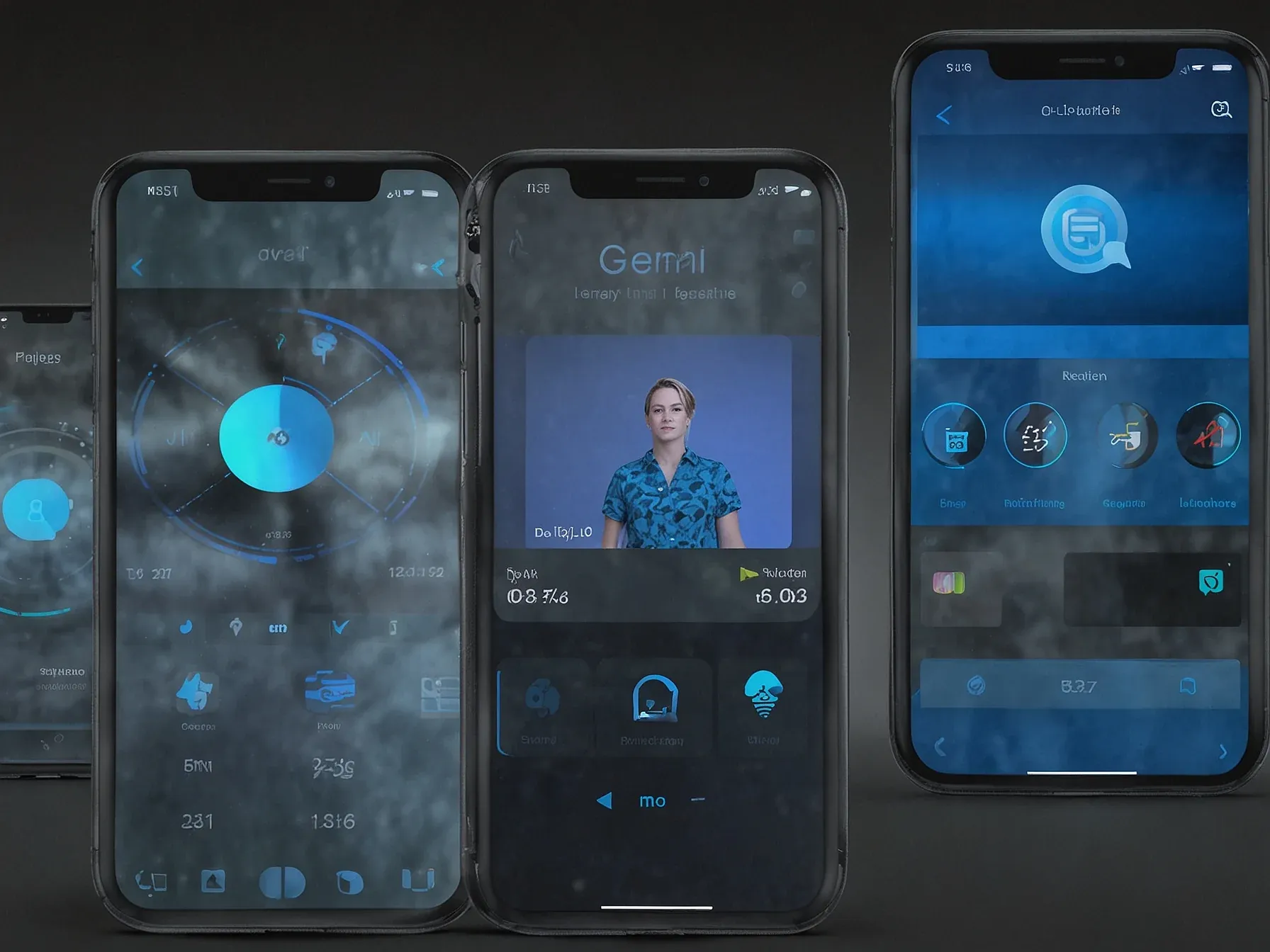
Gemini 3 Pro builds screenshot-to-code app in two prompts, fixes bugs
Why does a two‑prompt workflow matter for developers? While most code generators still stumble over multi‑step tasks, Gemini 3 Pro let me turn a static screenshot into a working React app with barely any back‑and‑forth. The experiment began with a single image of a UI mockup, followed by a prompt asking the model to emit the corresponding component tree.
In just those two exchanges the model produced a complete codebase, compiled it, and even surfaced a handful of hidden bugs that would normally require manual debugging. The result wasn’t a rough prototype; the interface looked polished, and the app ran without the usual hiccups that plague auto‑generated projects. That level of fidelity—maintaining context across prompts, surfacing obscure issues, and delivering a ready‑to‑use UI—suggests the tool is edging beyond proof‑of‑concept territory.
If you’re curious to see the outcome for yourself, the Screenshot‑to‑Code app is live and ready for a test drive.
Gemini 3 Pro proves that AI tools handle production-level complexity. It maintained context, fixed obscure bugs, and delivered a polished UI. You can try the Screenshot-to-Code app here: https://ai.studio/apps/drive/1PfOYRLP-QAAepG128DvJIt18Vofbbrx2 I successfully built a React application using Gemini 3 Pro in two prompts.
The AI agent handled the architecture, styling, and debugging. This project demonstrates the efficiency of multimodal AI in real-world workflows. Tools like this screenshot-to-code app are just the beginning.
The barrier to entry for software development is lowering. Vibe coding allows anyone with a clear idea to build software, while AI models like Gemini 3 Pro provide the technical expertise on demand.
Two prompts. That's all Gemini 3 Pro needed to spin up a screenshot‑to‑code agent. The author fed a UI mockup and watched the model generate a complete React project, complete with responsive layout and functional components.
According to the write‑up, the system kept context across the interaction, patched obscure bugs, and produced a polished interface that could be tried at the provided link. The demonstration suggests the model can handle production‑level complexity, at least in this constrained scenario. Yet the article does not explain how the agent deals with ambiguous designs or edge‑case interactions, leaving open the question of broader reliability.
The author’s experience shows a speed boost compared with manual translation of static designs, but no benchmark data are offered. If similar results hold across diverse codebases, developers might find a useful shortcut; however, the consistency of bug‑fixing and code quality remains to be verified. In short, Gemini 3 Pro delivered a functional React app from a screenshot, but further testing will determine whether the approach scales beyond the showcased example.
Further Reading
- 5 things to try with Gemini 3 Pro in Gemini CLI - Google Developers Blog
- How to Use Gemini 3.0: Advanced Tips for AI App Building - AI Fire
- Gemini 3.0 Just DESTROYED All Vibe Coding Tools… and It's ... - YouTube
- Build with Nano Banana Pro, our Gemini 3 Pro Image model - Google Blog
Common Questions Answered
How many prompts did Gemini 3 Pro require to generate a complete React app from a screenshot?
Gemini 3 Pro completed the entire screenshot‑to‑code workflow in just two prompts. The first prompt supplied the UI mockup image, and the second asked the model to emit the component tree, resulting in a full, compiled React project.
What types of tasks did Gemini 3 Pro handle during the screenshot‑to‑code experiment?
The model managed architecture design, styling, and debugging within the two‑prompt interaction. It not only generated the component hierarchy but also identified and patched obscure bugs, delivering a polished, responsive UI.
Why is the two‑prompt workflow considered significant for developers using code generators?
Most code generators struggle with multi‑step tasks and lose context, requiring many back‑and‑forth exchanges. Gemini 3 Pro’s ability to maintain context and produce production‑level code in only two prompts demonstrates a major efficiency gain for developers.
Did Gemini 3 Pro encounter any bugs while building the React application, and how were they resolved?
Yes, the model surfaced a handful of hidden bugs that are typical in real‑world projects. It automatically fixed these obscure issues during the generation process, ensuring the final app compiled and ran without manual intervention.




